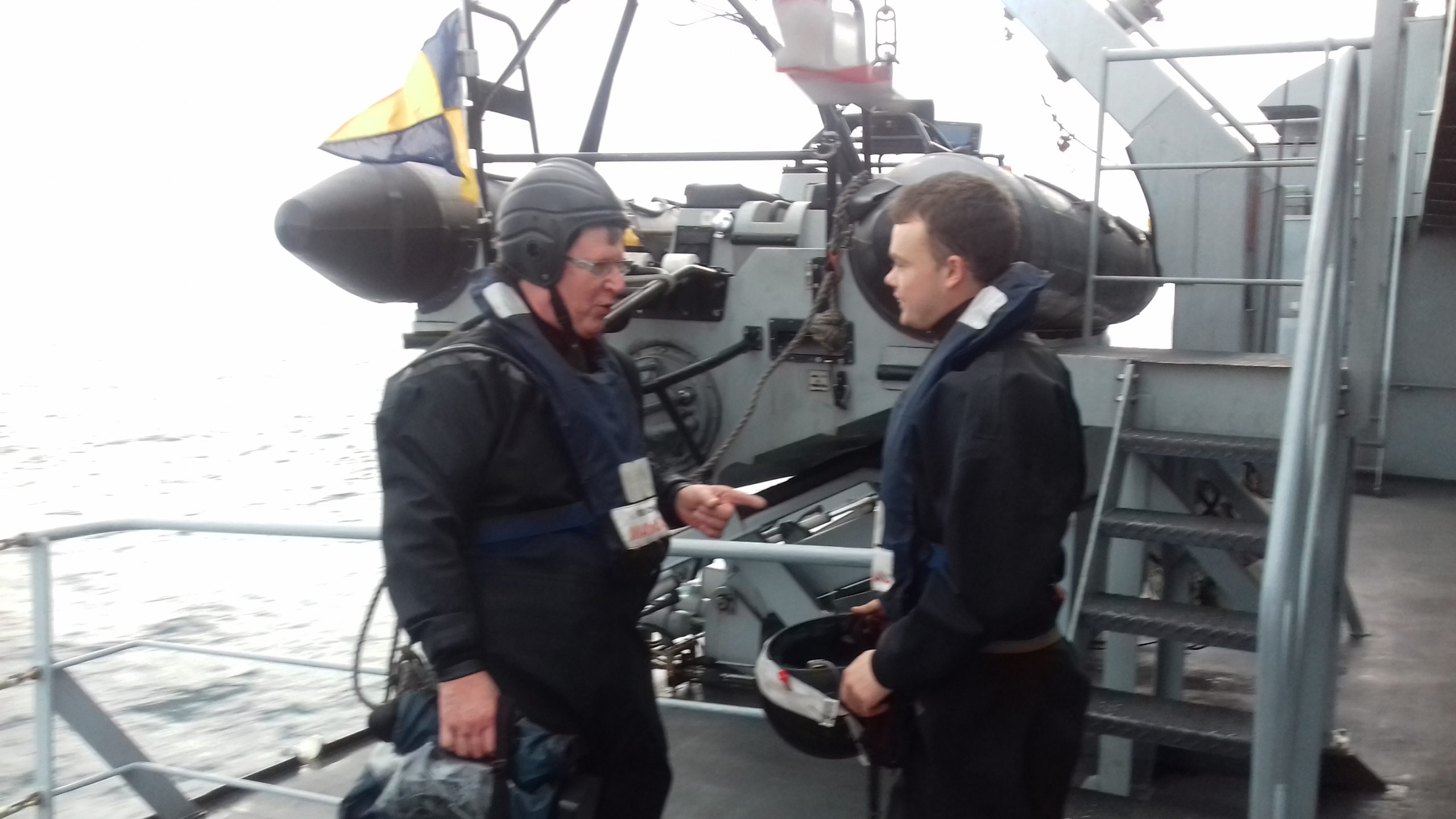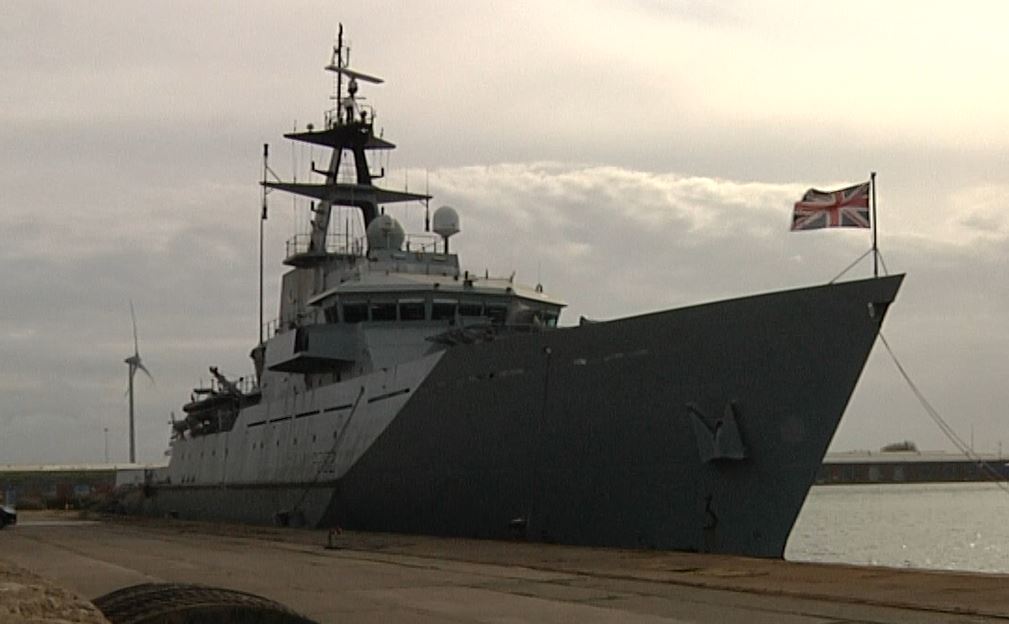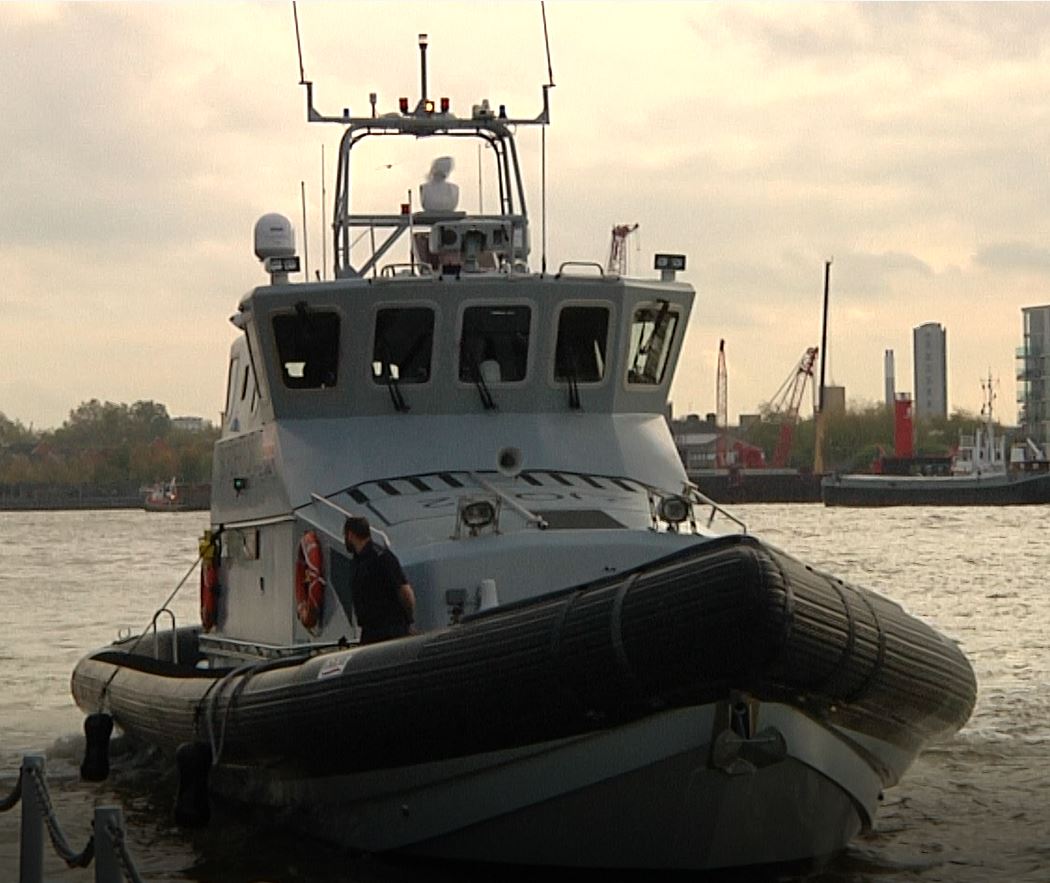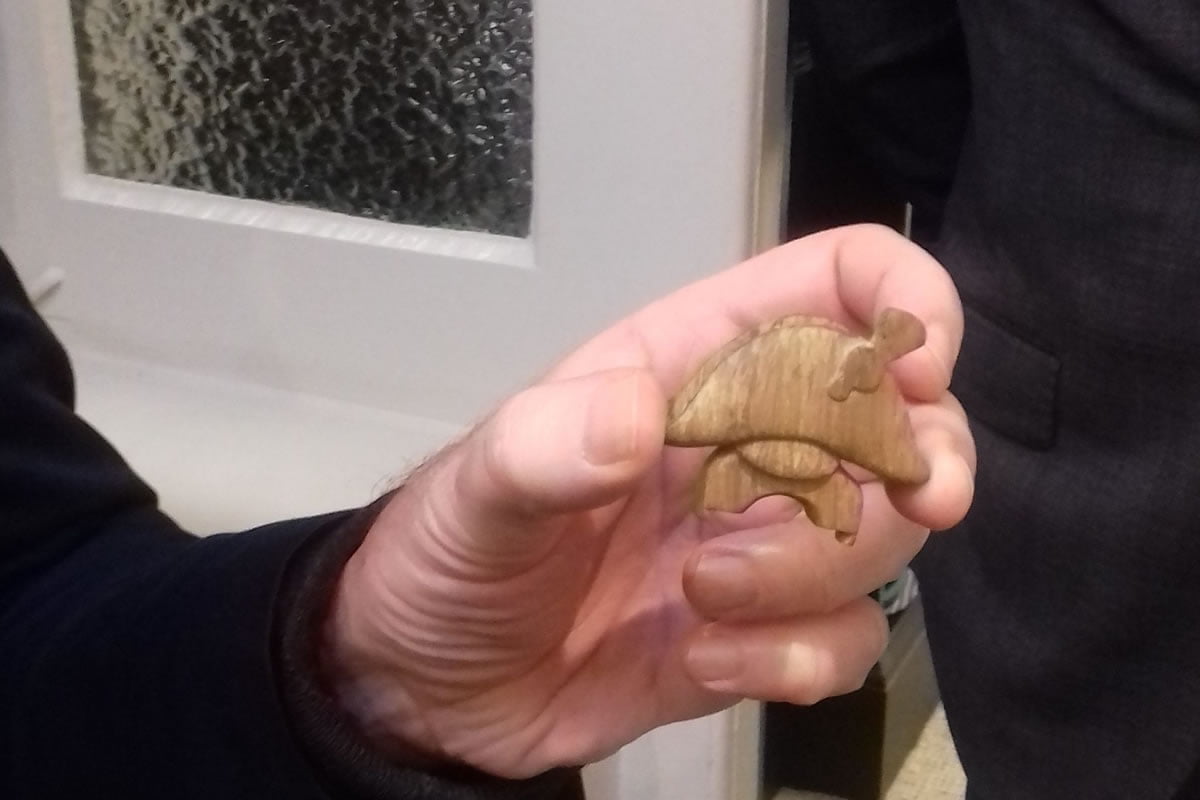This is a scene from one of our latest films – ‘ECDIS – Could This Happen To You?’ A recreation of an actual incident in which a ship grounded after misusing its ECDIS chart system when planning a passage – whoops! Fortunately no-one was hurt, and the ship wasn’t badly damaged, but it’s emphatically something that spoils your day. Or your career… Oh, sorry – ECDIS? Not a Greek political party, but one of the best navigational aids available – standing for ‘Electronic Chart Display and Information System’ – all the world’s charts available on a big high-quality screen, enabling you to plan your passage, with warnings and safe routes built in. Obviously, it’s a fantastic resource – but as with all software, you have to use it correctly. And when on watch, keep looking up and out! Sadly, this bridge team didn’t do enough of either…
BAD DATA IN – BAD DATA OUT






